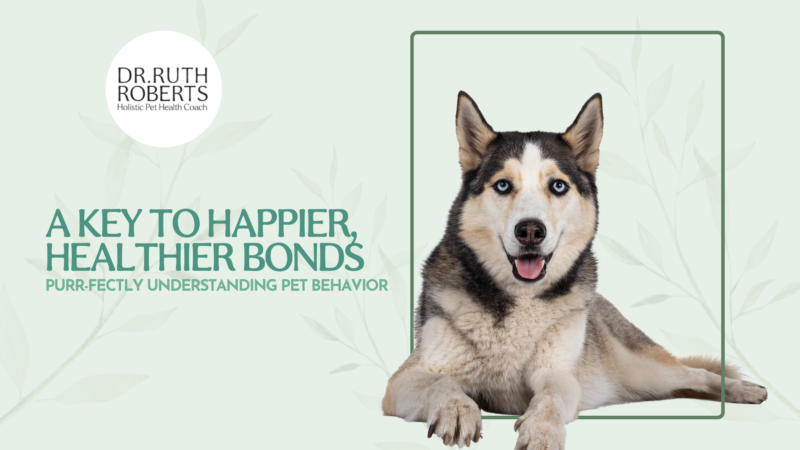What Does Your Pet Need to Develop Healthy Behavior?
- A safe, comfortable place to rest and sleep.
- The freedom from or the ability to escape from unnecessary pain, fear, threats, and discomfort.
- The ability to control some aspects of the environment.
- The ability to express normal behaviors such as chewing, scratching, and elimination in a manner that is appropriate.
- Adequate exercise and mental stimulation.
- The ability to have pleasant social contact with other dogs and humans to which the animals have been socialized.
What Is Considered to Be A Healthy Behavior?
- Affectionate yet not overly clingy.
- Friendly towards people, including children, and other dogs, or at least tolerant of them.
- Comfortable with regular handling and interactions.
- Only eliminate waste in designated areas.
- Not excessively fearful of normal or new experiences.
- Adaptable to change with minimal issues.
- Play well with others without becoming uncontrollable or rough.
- Not a nuisance or danger to the community.
- Can handle being alone for reasonable periods without anxiety.
- Willingly share space, food, toys, and belongings.
- Vocalize appropriately without excessive barking.
- Responsively follow commands like sit, down, come, or stay.
Situations That Can Worsen Pet Behavior
- Lack of proper socialization and interaction with other pets
- Undiagnosed health issues that could affect behavior.
- Family changes (moving, new baby and etc) can impact pets and lead to behavioral issues.
- Drastic routine changes (more time outside or alone).
- Lack of exercise that can stimulate mental and environmental, this can lead to boredom-related behaviors.

Consider providing valuable support for your pet’s behavior by enrolling them with a professional trainer. These experts comprehensively understand animal behavior and can provide tailored guidance and effective techniques to tackle specific behavior issues. Moreover, trainers place great emphasis on consistency, a pivotal factor in reinforcing desired behaviors. Additionally, they possess the capability to pinpoint the underlying causes of behavioral challenges and develop pragmatic solutions.
As you and your pet engage in training, you’ll develop a more profound connection through shared learning and teamwork. This investment in training today holds the potential to shape a well-mannered and delightful companion, contributing to a mutually enriching journey for years to come. Just remember, selecting the appropriate trainer aligned with your pet’s individual traits and requirements is important to the success of the training.

Why It's Worth Taking Your Pet to Professional Trainer?
If you’re grappling with behavioral problems in your pet and suspect there might be an underlying health issue, you can reach out to me, I’m your pets’ ally!















